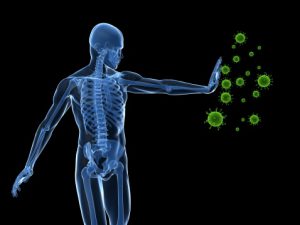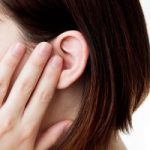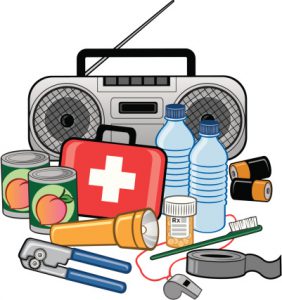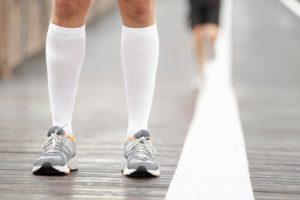 Frostbite is an injury caused to the skin and underlying tissues as a result of exposure to windy and cold- weather conditions.
Frostbite is an injury caused to the skin and underlying tissues as a result of exposure to windy and cold- weather conditions.
Staying outside in extreme weather conditions for extended periods of time is the most common factor and risks increase when temperatures fall below 5°farenheit, or in conditions with above freezing temperatures and extreme wind chills. Additional factors may include:
- Direct contact with ice, very cold liquids and freezing metals.
- Wearing clothing that is not suitable to protect against cold weather.
Although frostbite mostly occurs on parts of the skin that are not properly covered, it is important to note that in extreme temperatures it can also develop on areas that are covered by clothing.
Our nose, fingers, cheeks, ears and toes are the parts of our bodies that are highly susceptible to frostbite. They are furthest away from our core and are first to decrease in blood flow in cold temperatures.
The symptoms of frostbite vary with severity and are categorized in three stages:
Frostnip: This is a mild form of frostbite. Skin may turn pale or very red and feels cold. The affected areas may also itch, burn, sting or feel tingly. Continued exposure may lead to a “pins and needles” feeling or numbness.
Superficial Frostbite: Skin appears reddened or pale. Skin can become hard and look waxy or shiny. At this stage, after the skin is thawed, blisters may form on the affected area. Skin may also appear blue or purple once rewarmed.
Severe (Deep) Frostbite: Severe cases of frostbite affect all layers of the skin as well as the tissues that lie below. Skin becomes very hard and cold to the touch. It may look blue and some instances black, as the tissue dies. The affected area may lose all sensation and joints or muscles may no longer work.
Some people are more at risk of developing frostbite than others, they include:
- The elderly
- Young children
- Patients taking medication such as beta blockers that reduce blood flow to skin
- Diabetics
- People who use nicotine
- People under the influence of alcohol
- People with prior cold-related injuries
Frostbite is preventable. If you expect to spend time outdoors in cold weather, take care in protecting yourself. Dress appropriately and in layers. When temperatures become extreme, stay inside as much as possible. It is also advised that you stay hydrated; dehydration increases your risk of frostbite. Avoid drinking alcohol or smoking if you know you will be outside in the extreme cold.
All content of this newsletter is intended for general information purposes only and is not intended or implied to be a substitute for professional medical advice, diagnosis or treatment. Please consult a medical professional before adopting any of the suggestions on this page. You must never disregard professional medical advice or delay seeking medical treatment based upon any content of this newsletter. PROMPTLY CONSULT YOUR PHYSICIAN OR CALL 911 IF YOU BELIEVE YOU HAVE A MEDICAL EMERGENCY.









